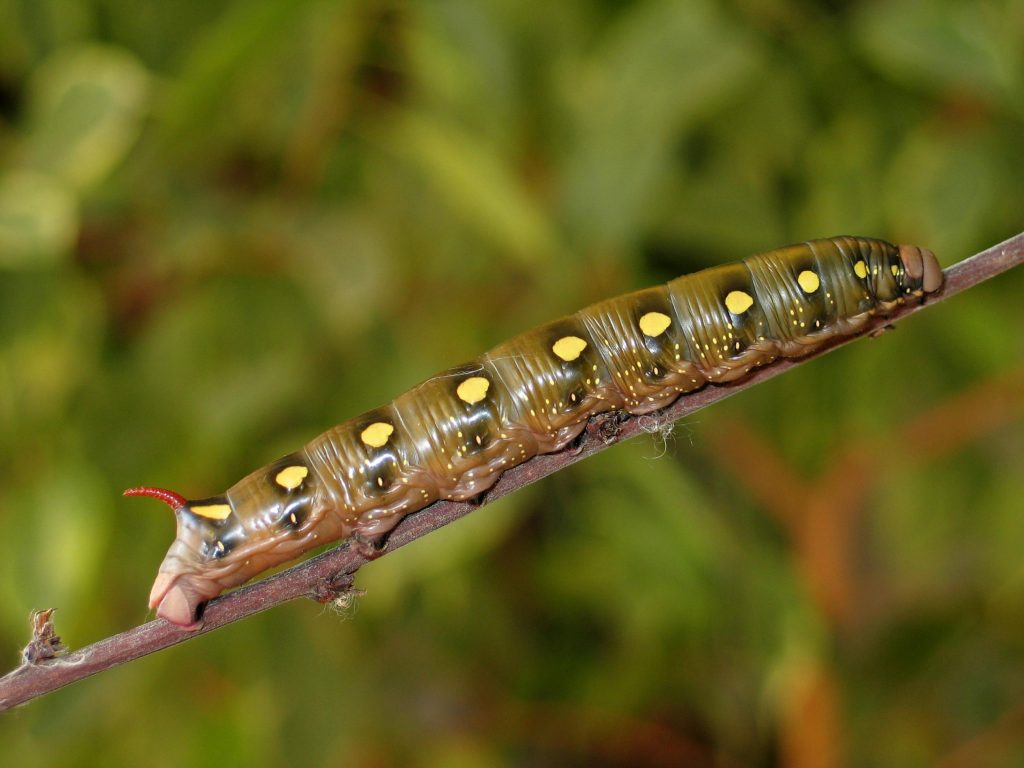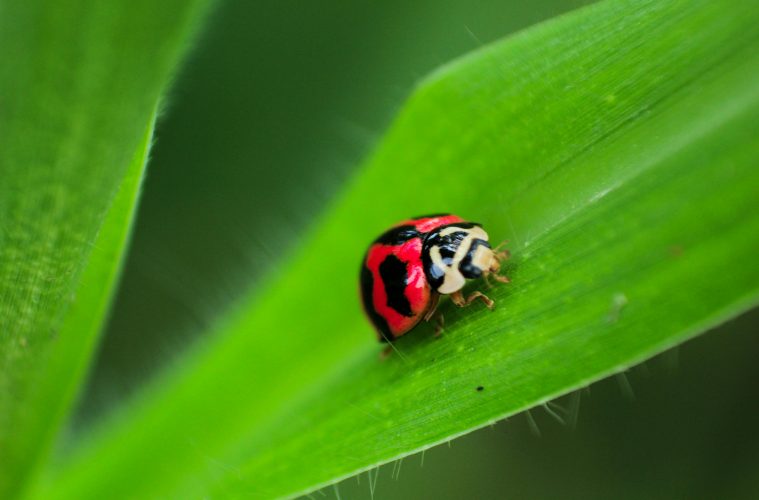Hello, summer – and with it, an unwelcome parade of pesky garden pests! The warm weather may bring lush greenery and vibrant blooms, but it also invites uninvited guests to feast on your garden.
Here’s a guide to recognising and dealing with three common summer pests, so your plants stay healthy and thriving.
Red Spider mites
These tiny troublemakers thrive in hot, dry conditions, often hiding on the undersides of leaves. Common targets include roses, vegetables, shrubs, and annuals. By sucking the sap from leaves, they cause foliage to turn a silvery or grayish colour, and if left unchecked, the plant will deteriorate rapidly.
How to identify:
Suspect a red spider mite infestation? Take a leaf from the plant and shake it over a white sheet of paper. If tiny moving specks fall onto the paper, you’ve found your culprit.
How to handle:
- Use a fine spray of water to dislodge them from the undersides of leaves.
- For severe infestations, opt for an insecticide specifically formulated for red spider mites.
Hawkmoth Caterpillars
These nocturnal nibblers have a big appetite, especially for bedding plants like impatiens. They’re most active at night, feeding heavily and leaving visible damage.
How to identify:
Look for chewed leaves or missing sections of plants, especially if the damage seems to appear overnight.
How to handle:
- Grab a flashlight and check for caterpillars after dark.
- Remove them by hand and dispose of them far away from your garden.

Pexels
Lily Borer
Lily borers have a particular liking for clivias, amaryllis, and agapanthus, causing severe damage by burrowing into the crowns of these plants. Left untreated, an infestation can kill the plant.
How to identify:
Keep an eye out for holes in the leaves or stems, along with discoloured foliage. If the plant appears to be wilting, a lily borer could be the problem.
How to handle:
Use a biological caterpillar insecticide, such as the one developed by Margaret Roberts, to protect your plants. Apply regularly to keep these pests at bay.
General prevention tips
Keep plants healthy: Well-watered, stress-free plants are less likely to attract pests.
Inspect regularly: Check the undersides of leaves and around the base of plants for early signs of trouble.
Encourage beneficial insects: Ladybirds and lacewings are natural predators of many garden pests.
With these tips in hand, you can enjoy a summer garden that’s buzzing with beauty – not bugs! Keep a close eye on your plants and act quickly at the first sign of pests to ensure your garden stays vibrant all season long.
ALSO SEE: 10 NATURAL ANT-REPELLENTS TO KEEP YOUR HOME PEST-FREE
Feature image: Pexels


